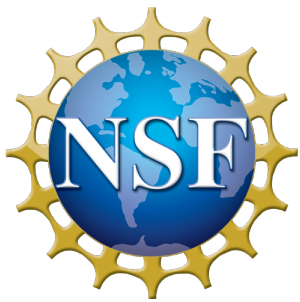June 1st, 2017 | RESEARCH
Playscapes are intentionally designed, dynamic, vegetation-rich, play environments that nurture young children's affinity for nature. We investigated how the affordances of a nature playscape provide opportunities to strengthen children's executive function by identifying examples of goal-directed and focused problem-solving within children's free play in this setting. Through video-based fieldwork, drawing on the extant literature, and application of indicators within existing assessments for executive function in nature preschools, we found that playscapes can be executive function-enhancing environments, as children are likely to set their own goals, problem-solve, self-regulate, focus attention, and demonstrate cognitive flexibility while playing in these settings. Future directions call for follow-up evaluation studies to more robustly substantiate initial findings.
Document
(no document provided)
Team Members
Victoria Carr, Author, University of CincinnatiRhonda Brown, Author
Sue Schlembach, Author
Leslie Kochanowski, Author
Citation
Identifier Type: doi
Identifier: https://doi.org/10.7721/chilyoutenvi.27.2.0025
Publication: Children, Youth & Environments
Volume: 27
Number: 2
Page(s): 25-46
Funders
Funding Source: NSF
Funding Program: AISL
Award Number: 1516191
Funding Amount: $1,635,115
Related URLs
Abstract via JSTOR
STEM in the PlayScape: Building Knowledge for Educational Practice
Tags
Audience: Educators | Teachers | Pre-K Children (0-5)
Discipline: Education and learning science | General STEM
Resource Type: Peer-reviewed article | Research Products
Environment Type: Informal | Formal Connections | Park | Outdoor | Garden Programs | Pre-K | Early Childhood Programs | Public Programs

